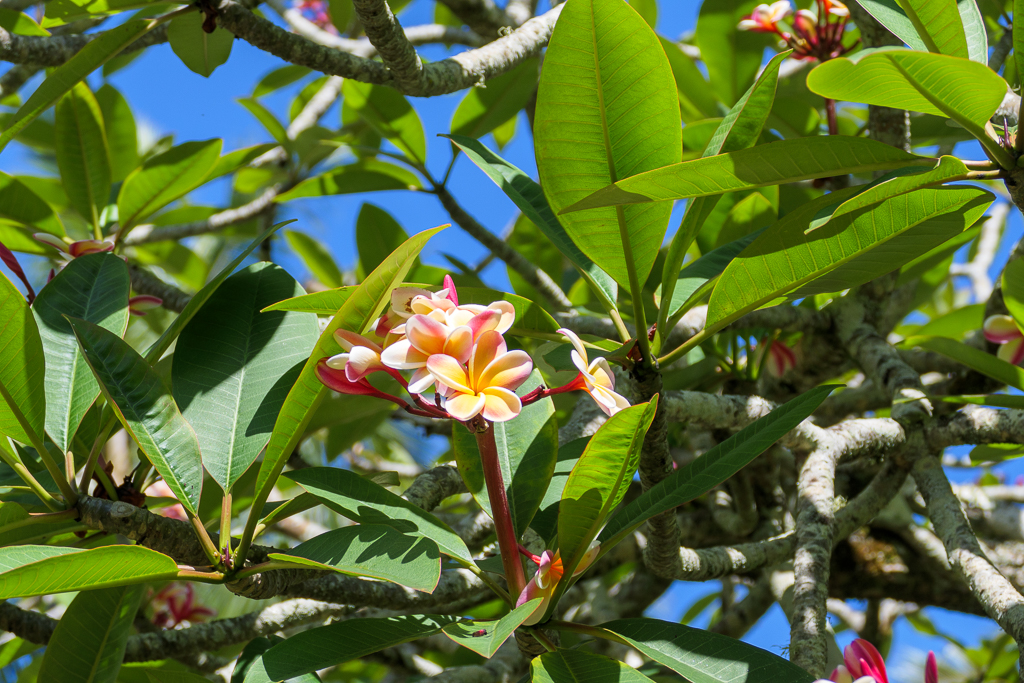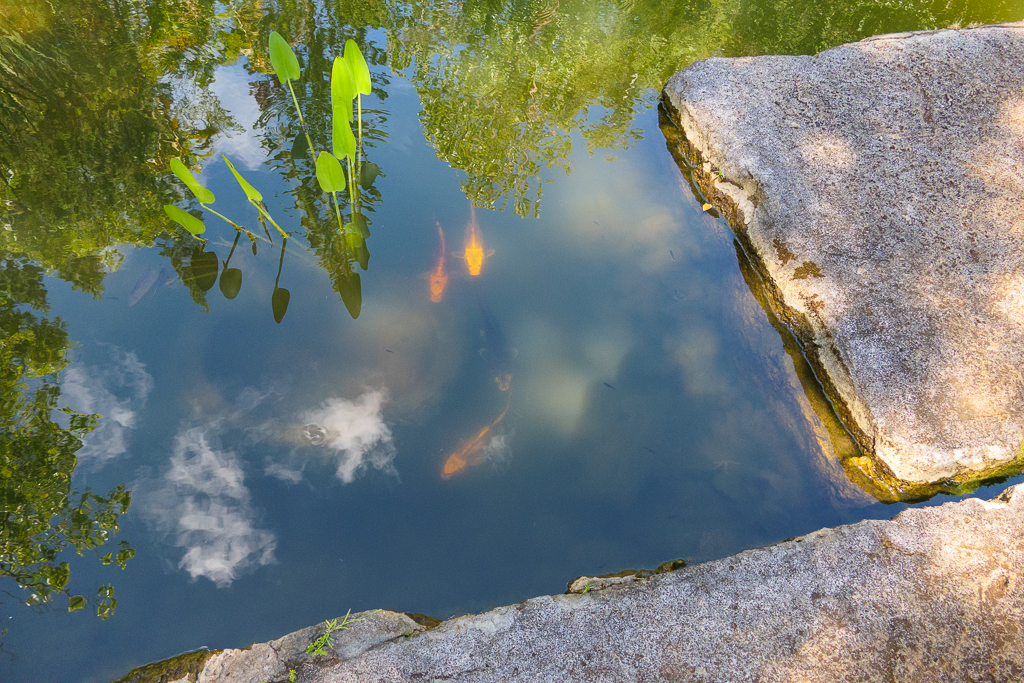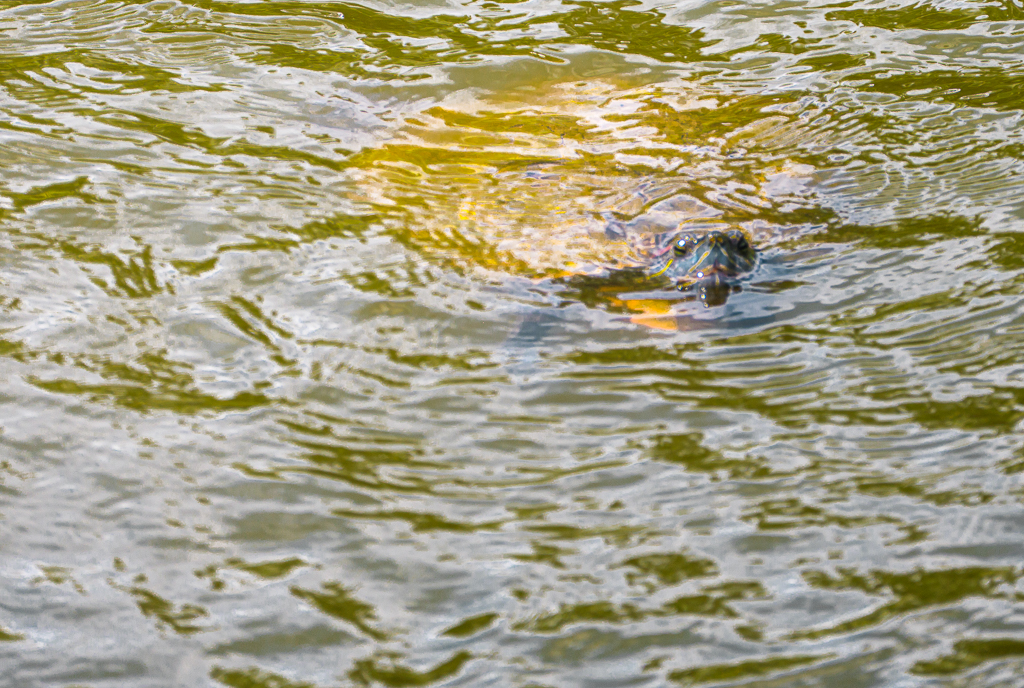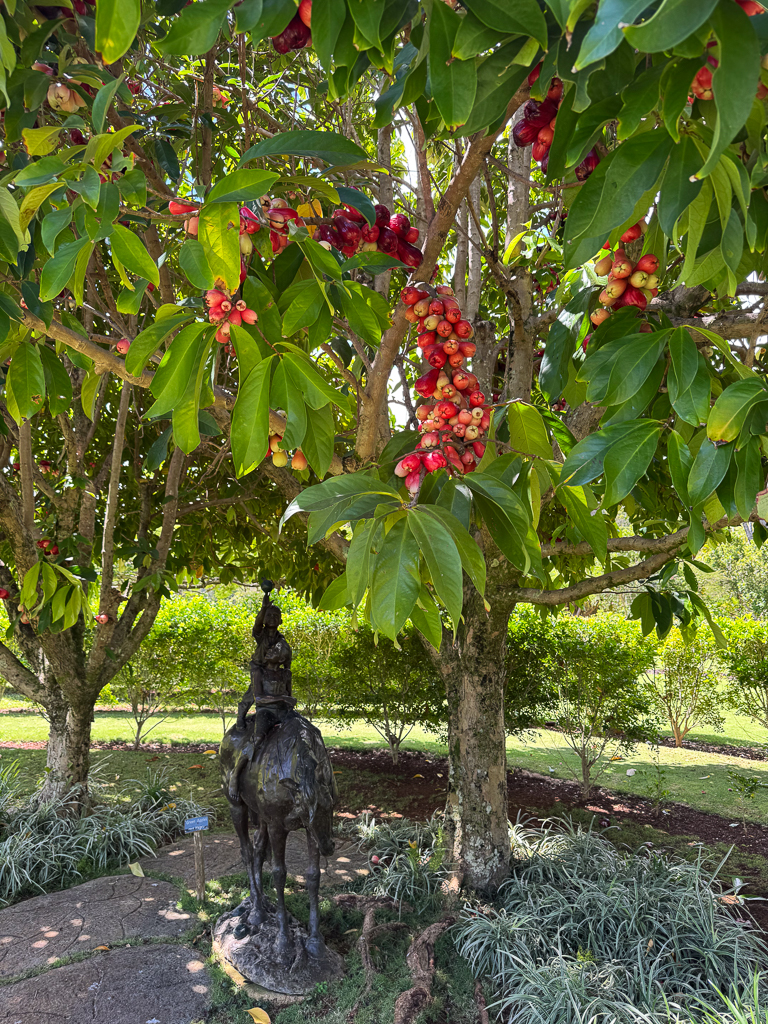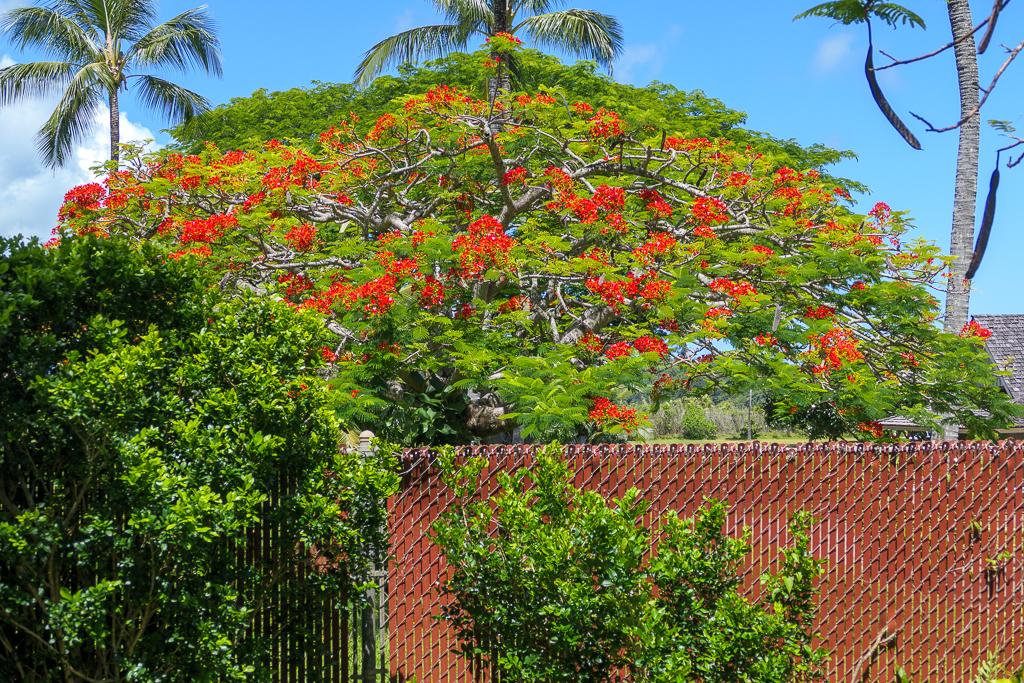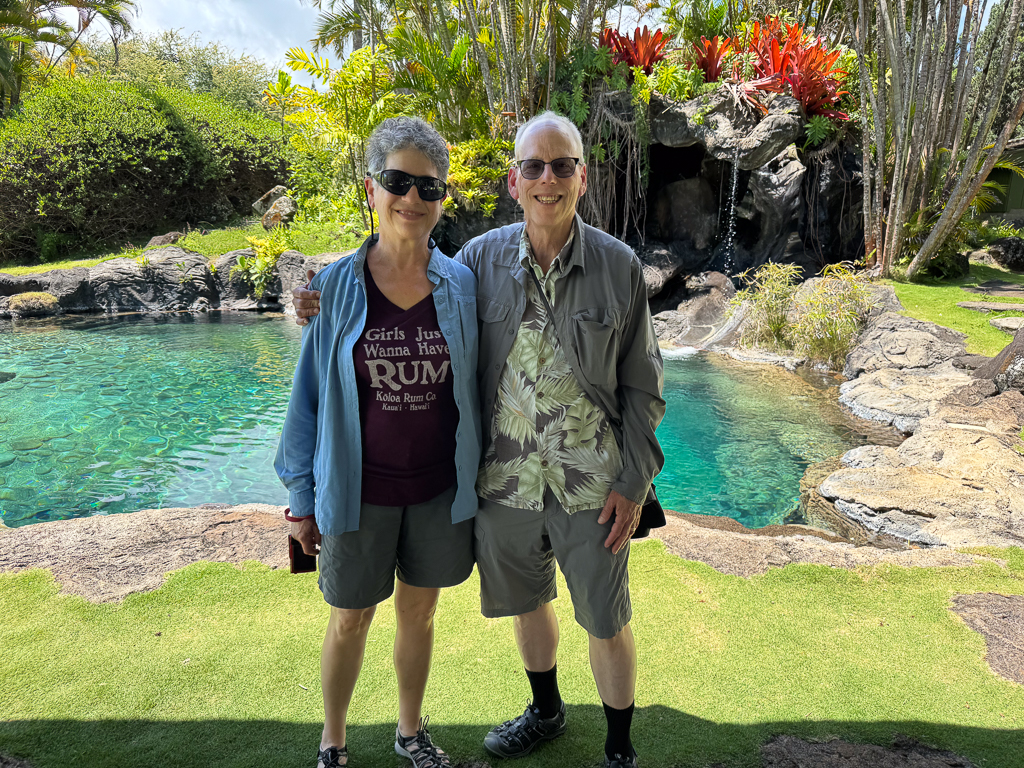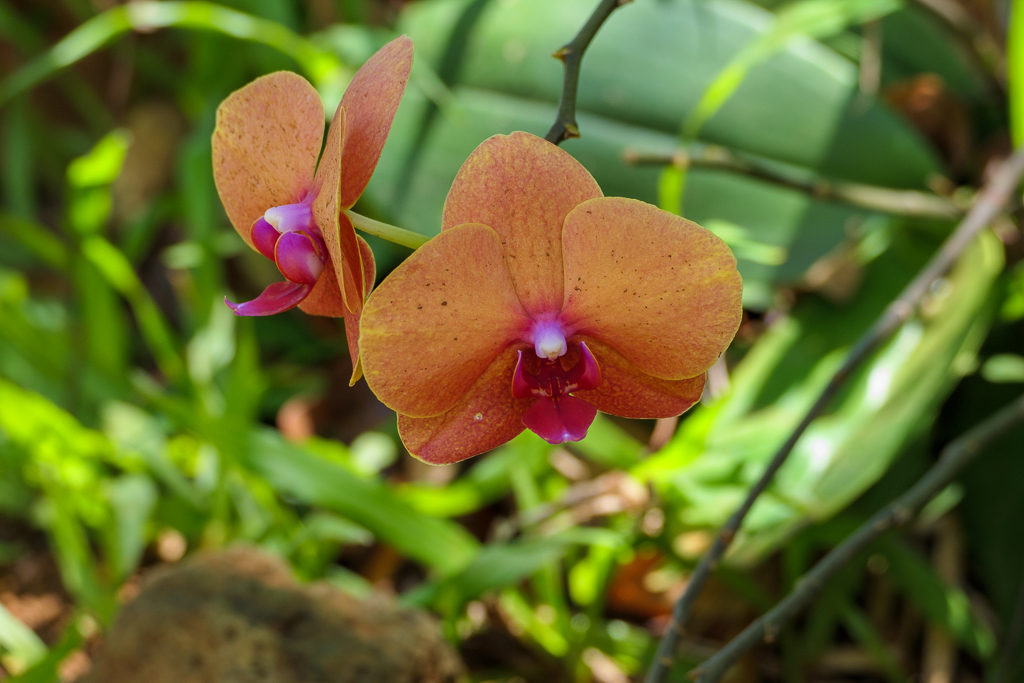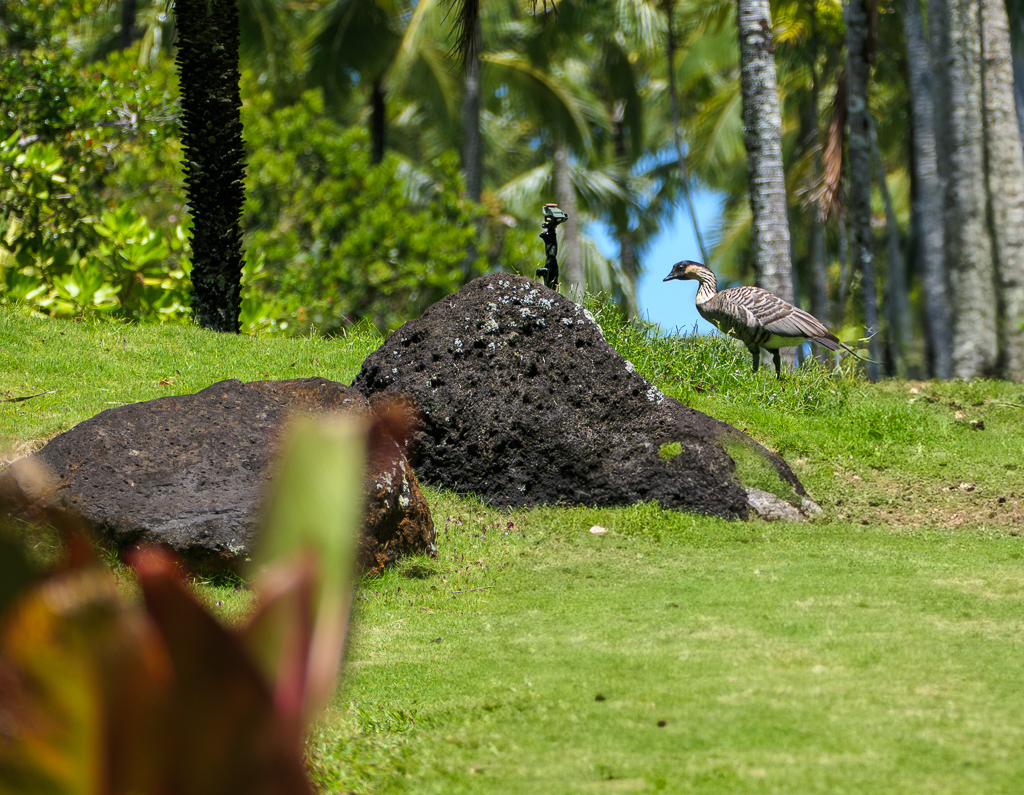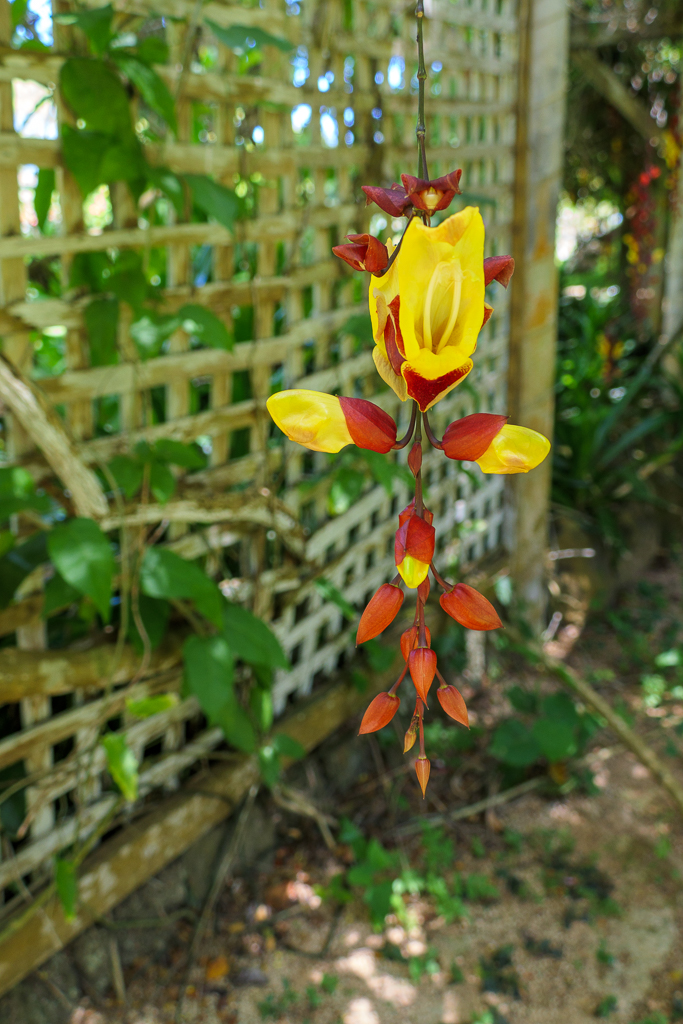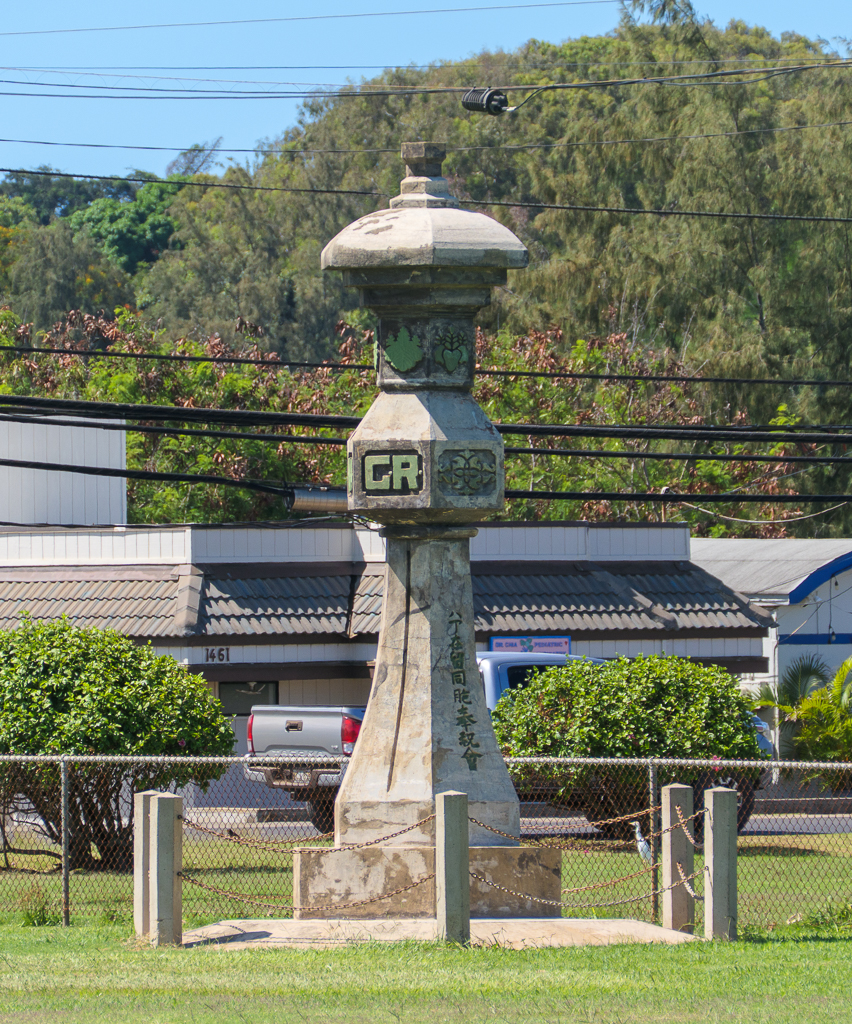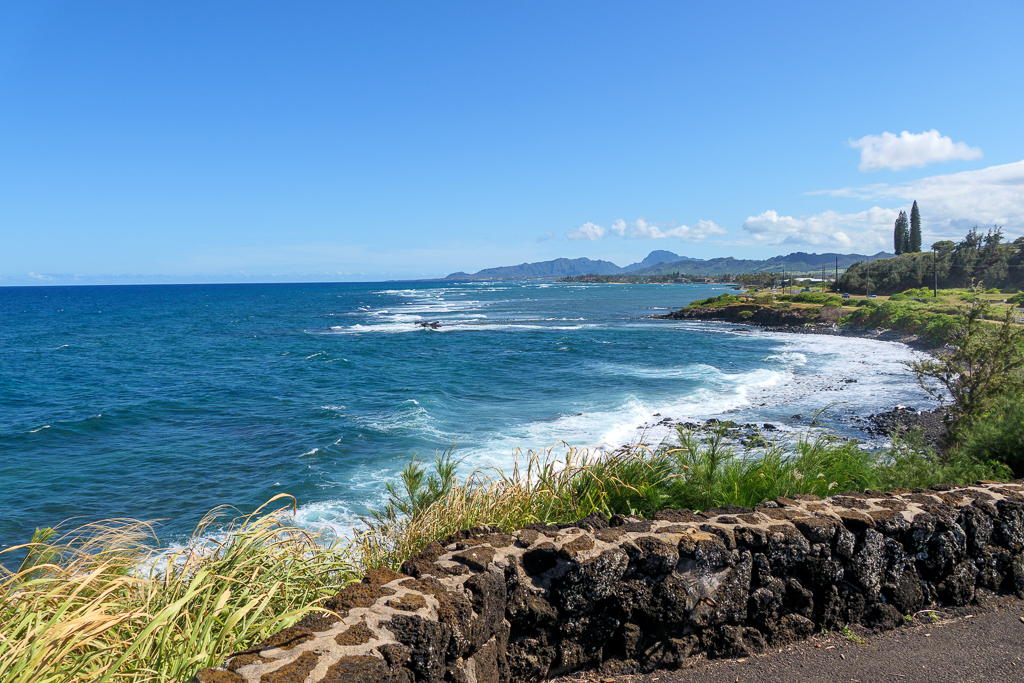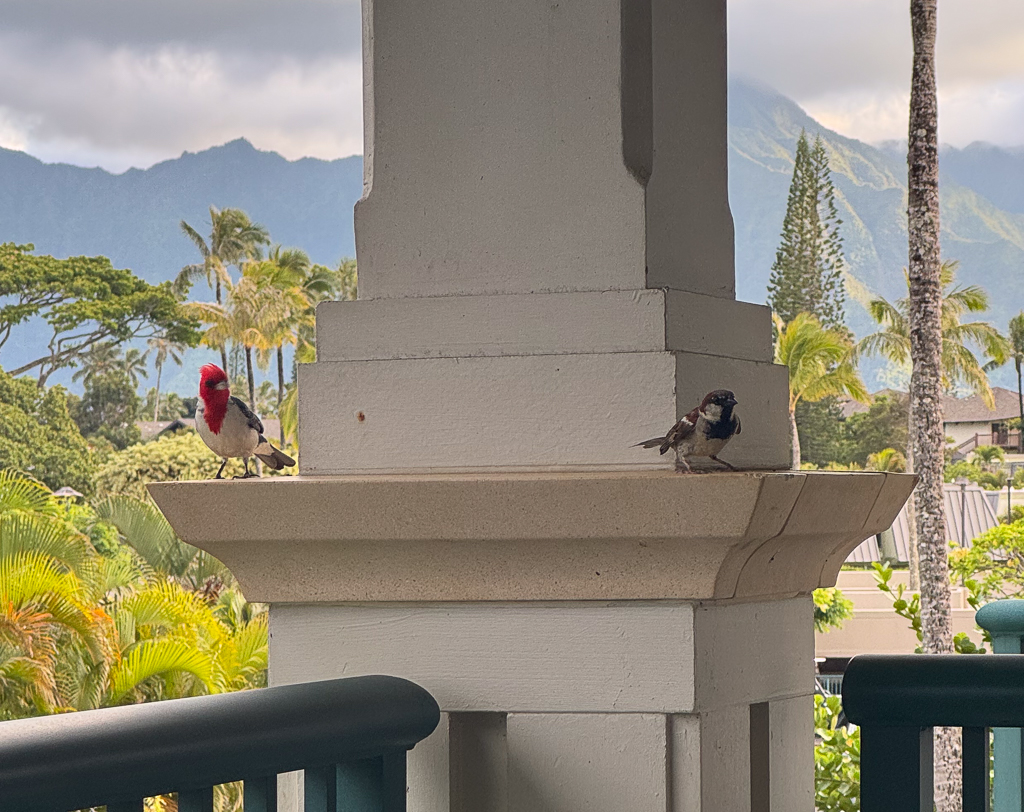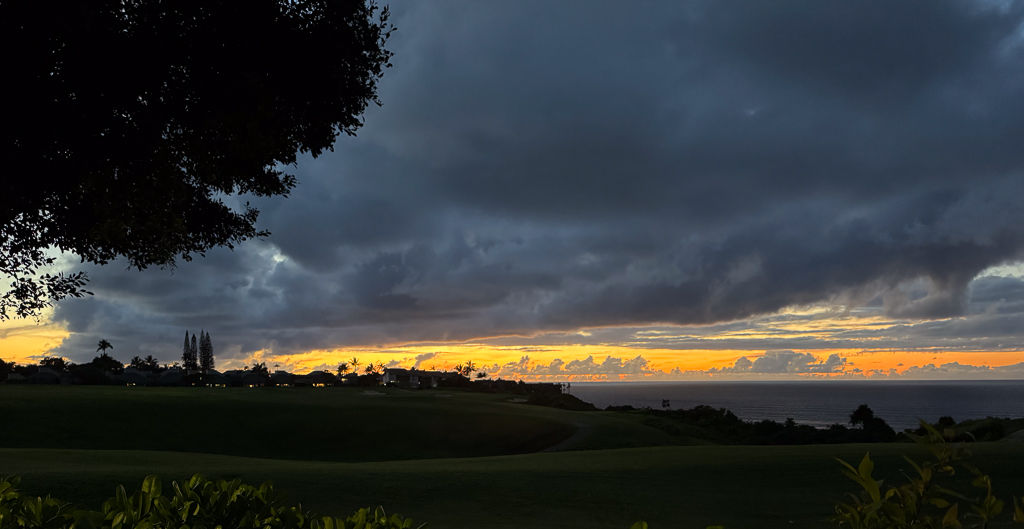We started the day by doing Kayak Hanalei‘s Morning Bay Explorer Tour, kayaking the Hanalei River and a bit of Hanalei Bay and snorkeling off Pu’u Poa Beach on Hanalei Bay. It was my first time kayaking and Diane’s second…and it was a lot of fun (though my back isn’t happy at the moment).
Neither of us took our cameras snorkeling, but our new friend Karen graciously shared a photo she took of a lizardfish that Diane and I had also seen, and our guides shared a great picture of a sea turtle.
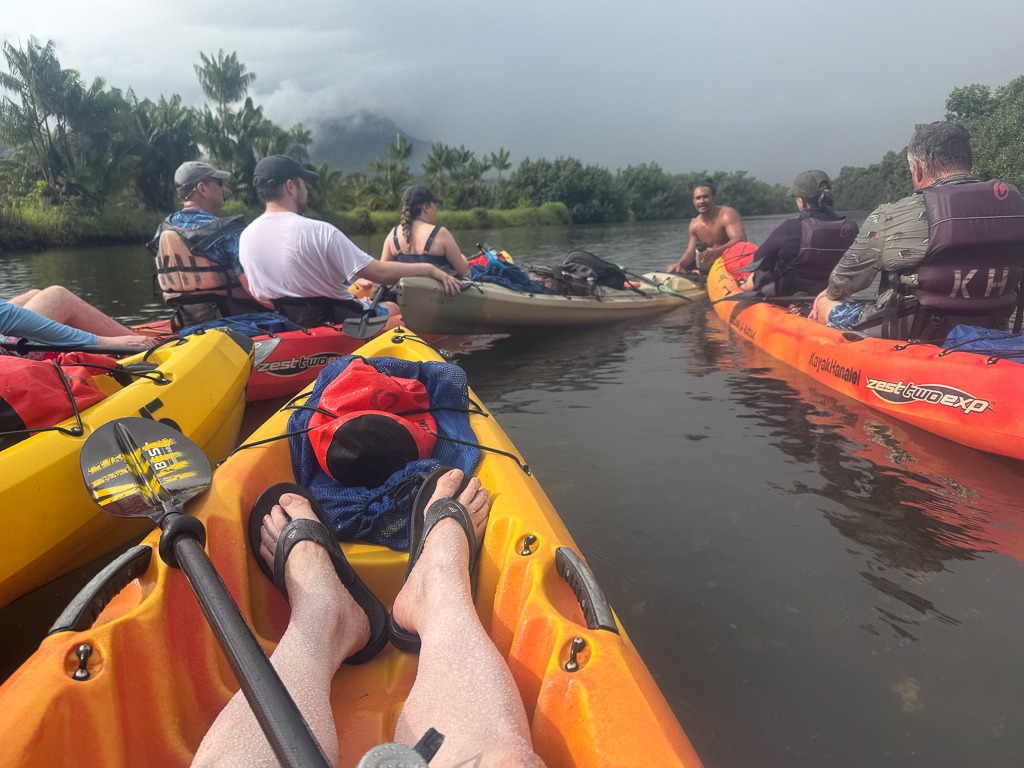

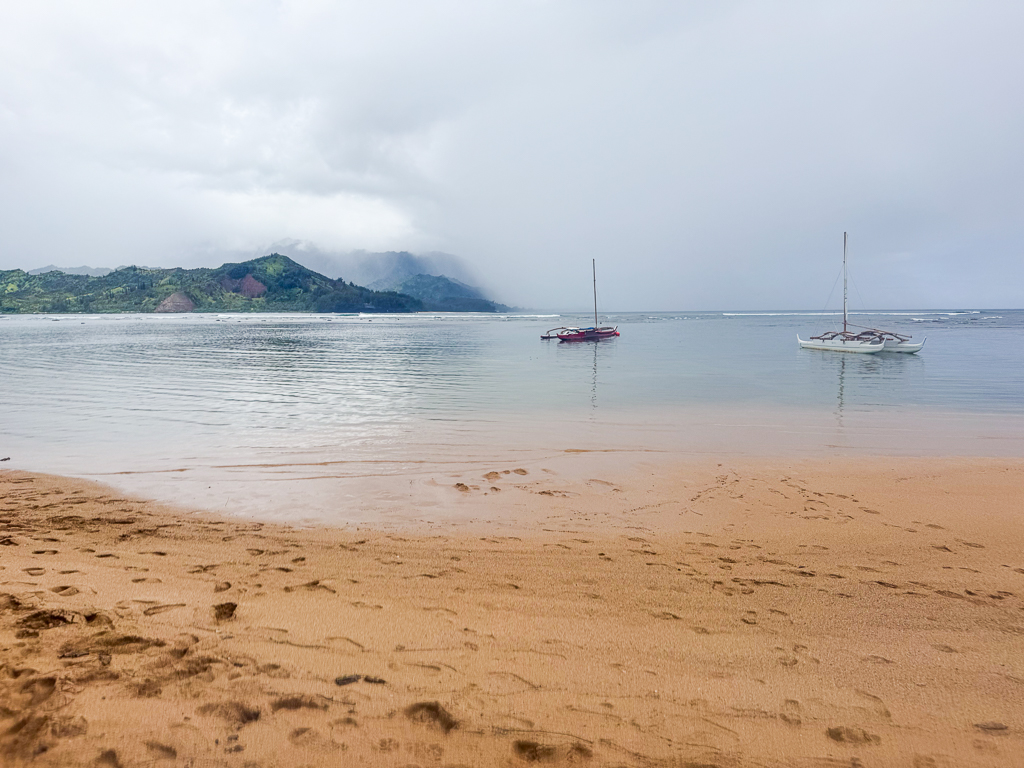
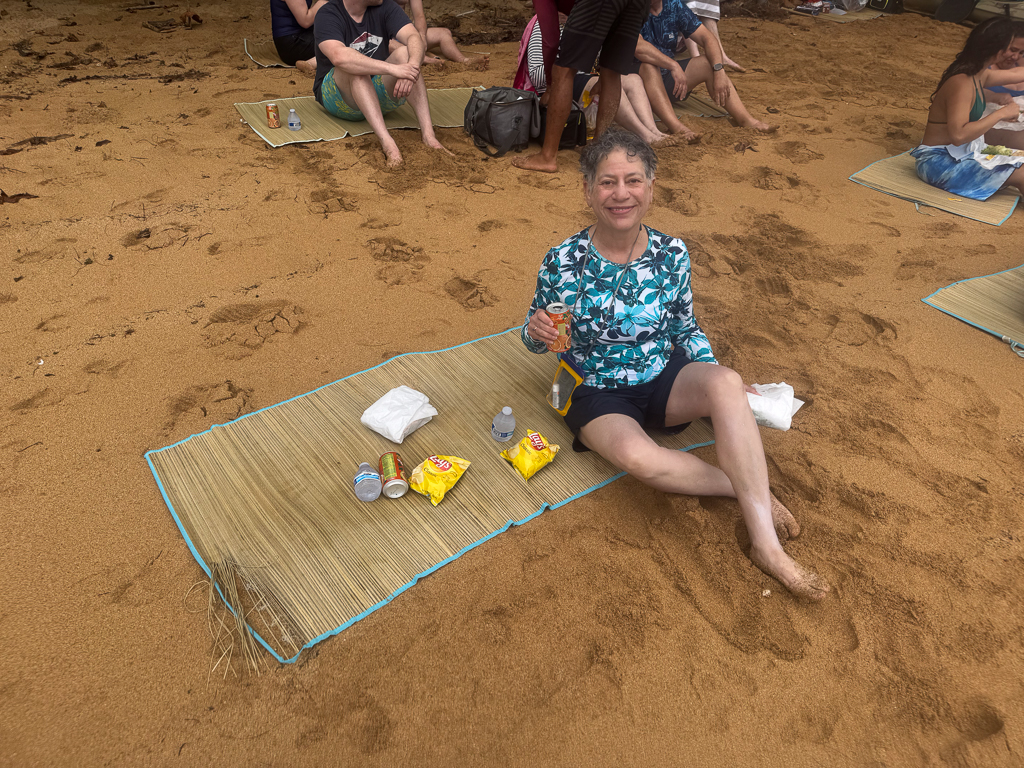

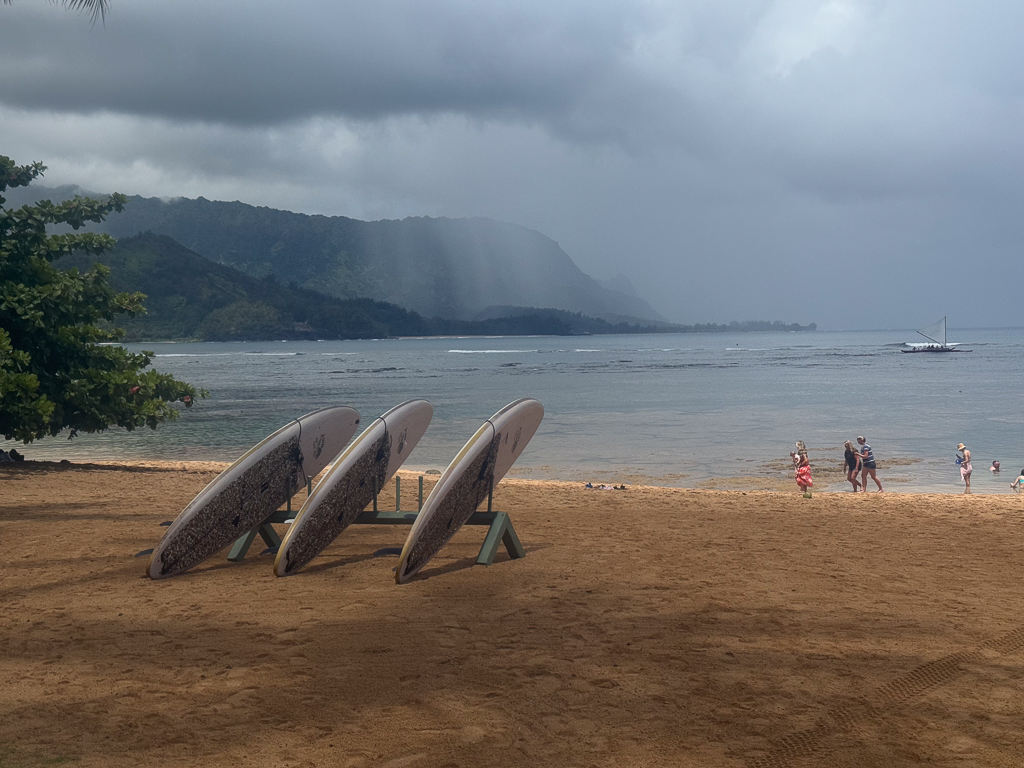
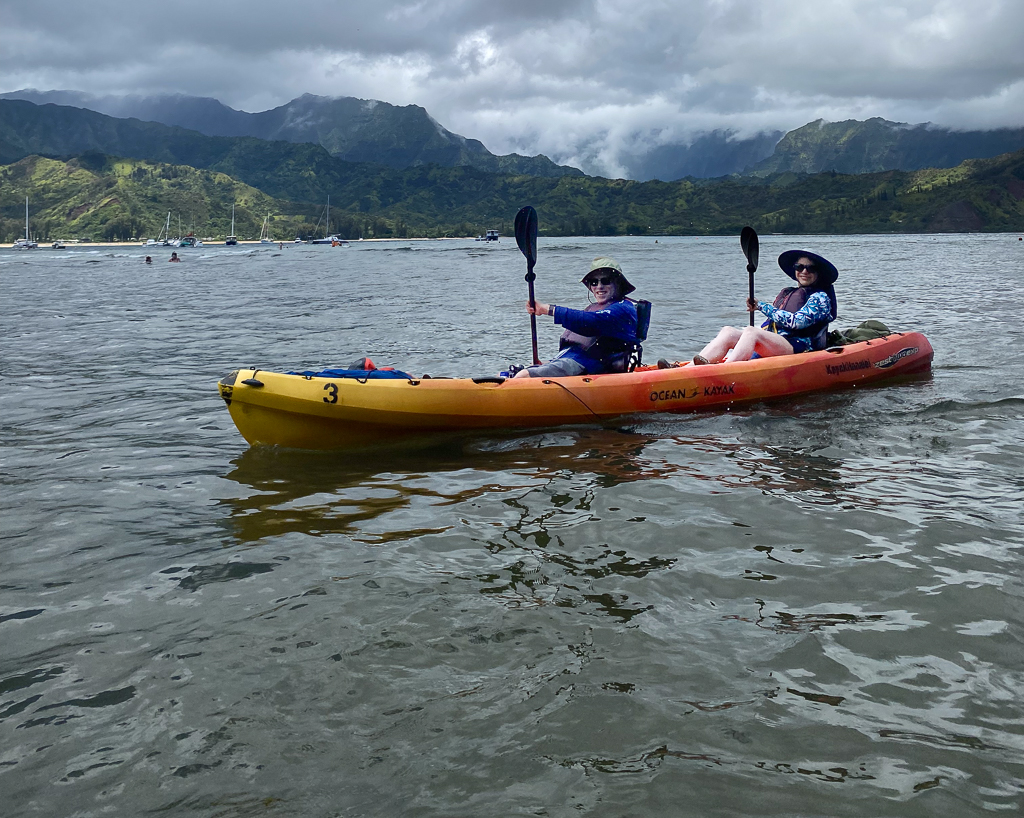
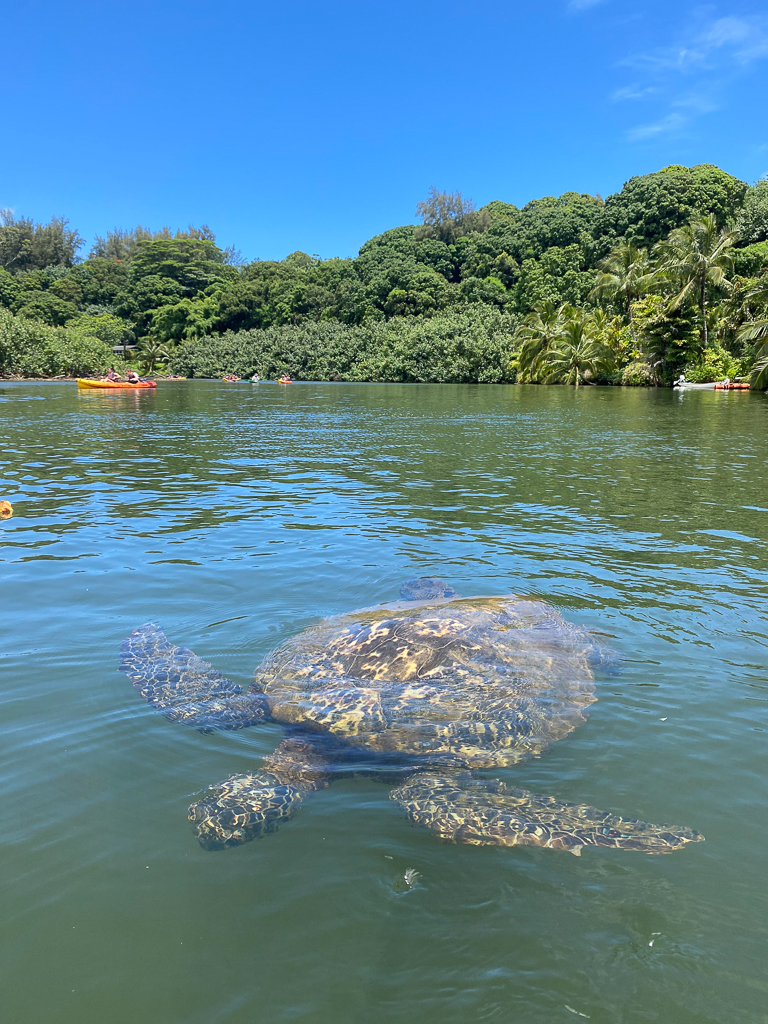
After a little recovery time, we drove down to the Kīlauea Point National Wildlife Refuge to see the birds.
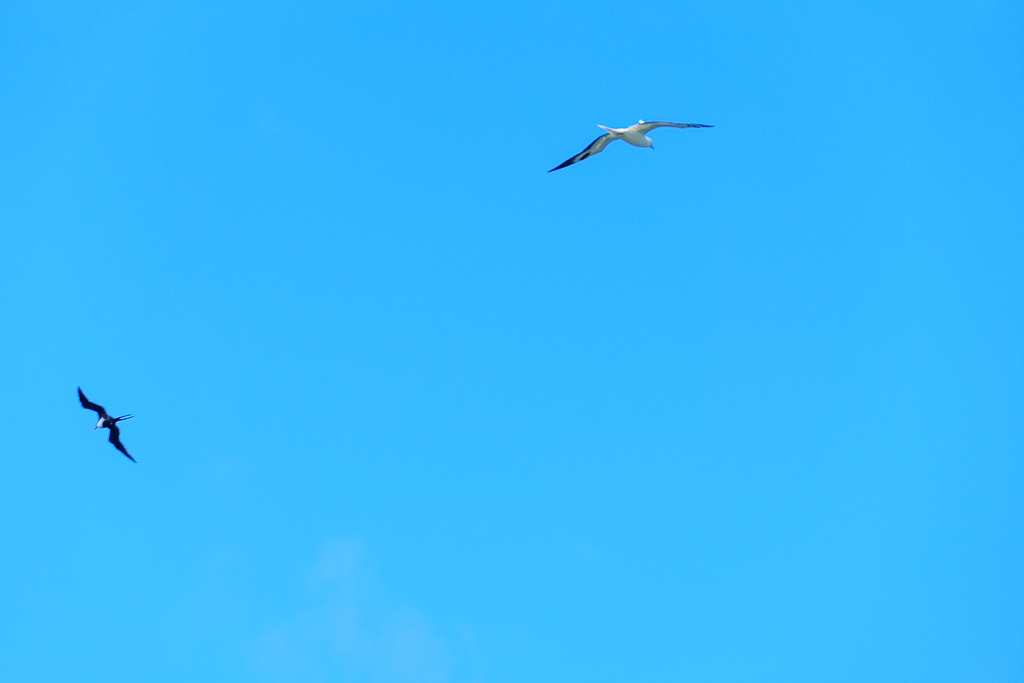
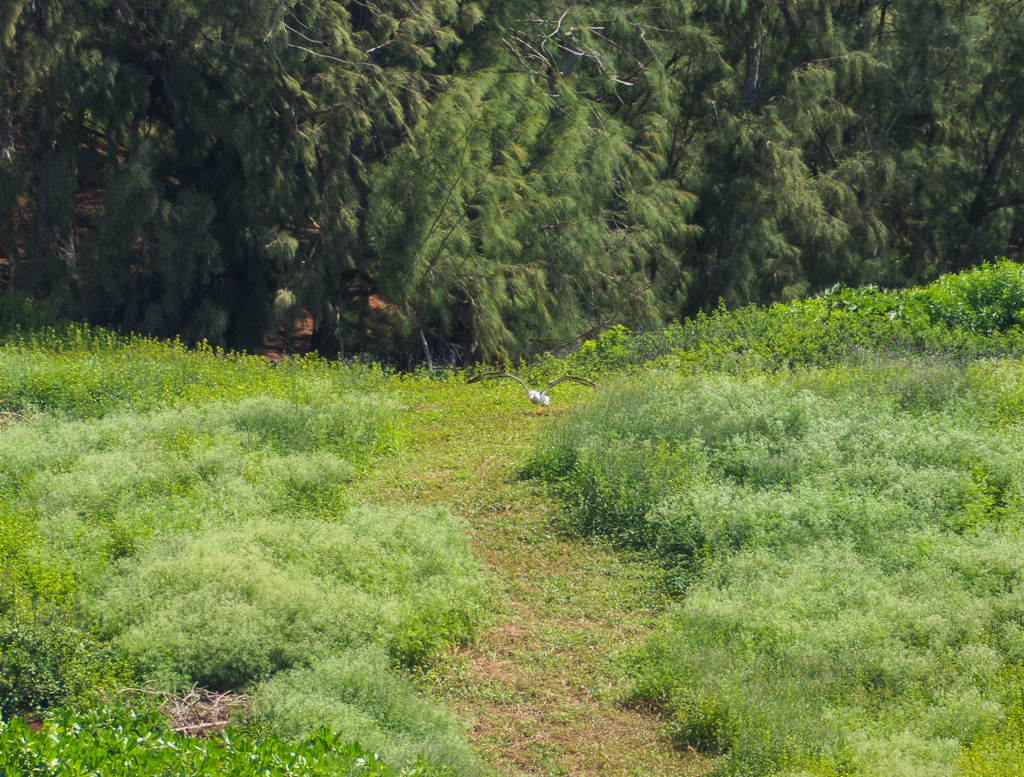

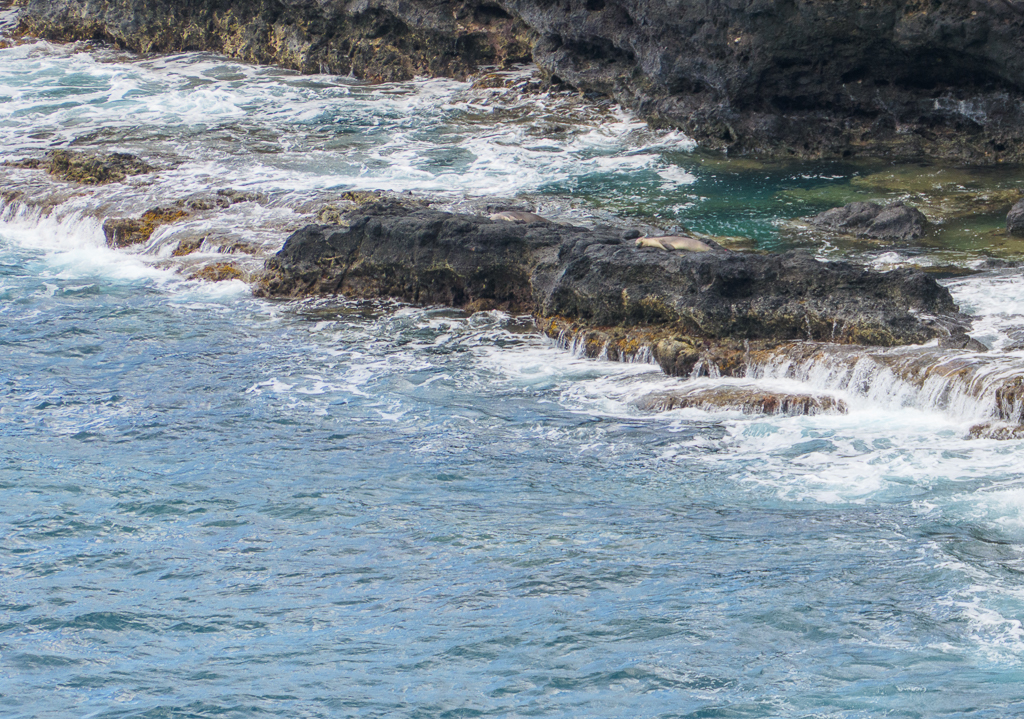
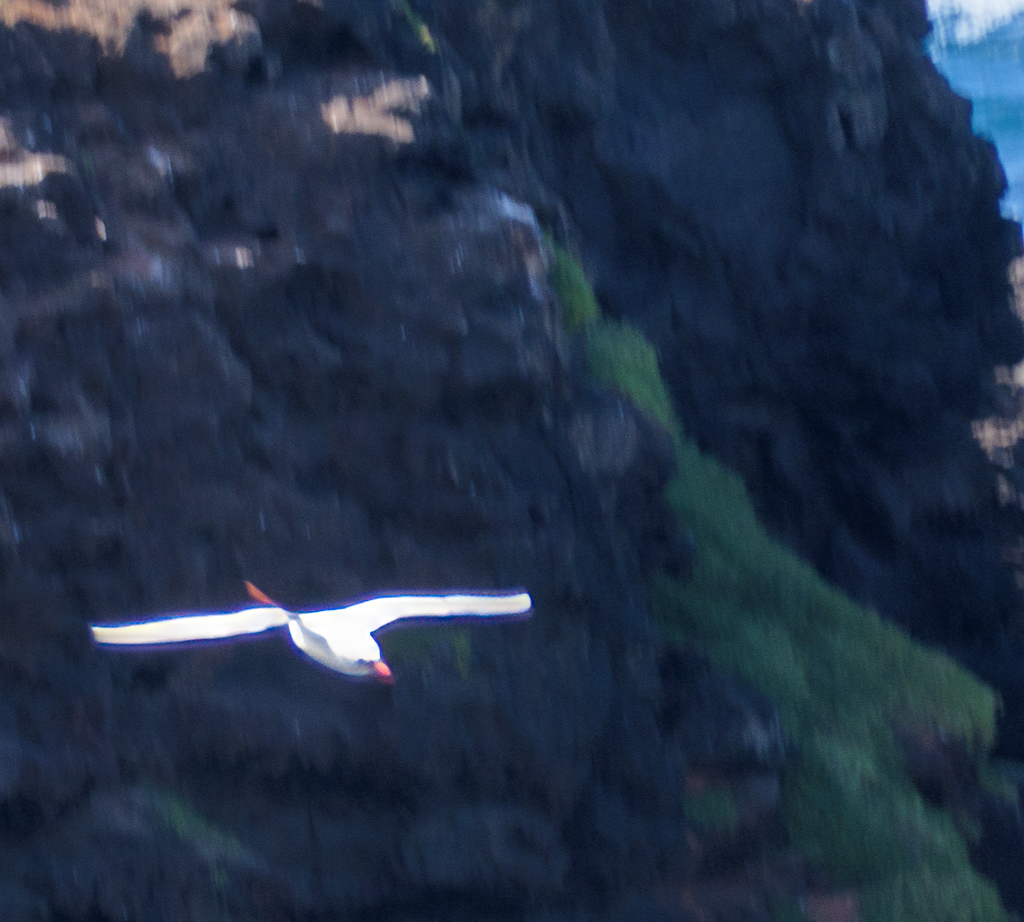
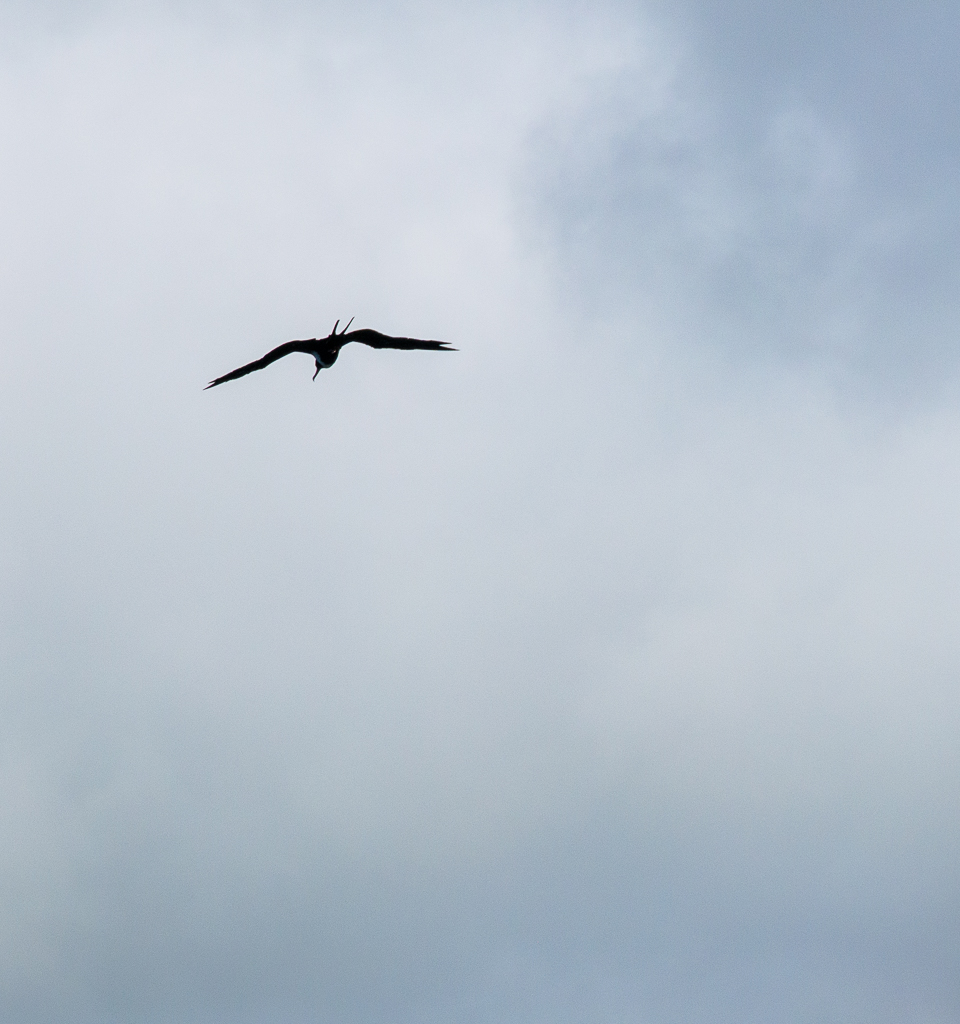
We had dinner at Tiki Iniki in the Princeville Shopping Center, arriving five minutes before Happy Hour ended – we had their classic Mai Tai to go with dinner (Diane had an Ahi Poke Bowl and I had Ono Fish and Chips for the third time so far on the trip). Or maybe we had dinner to go with the Mai Tai…it’s been a very energetic day!
